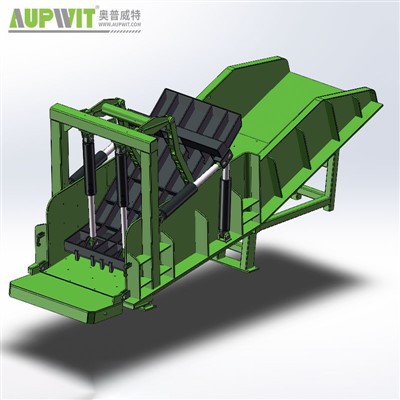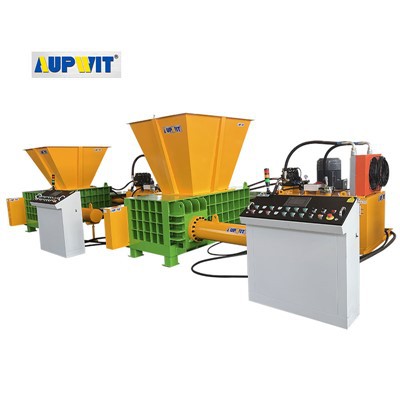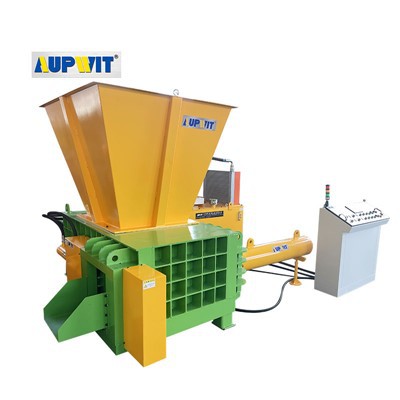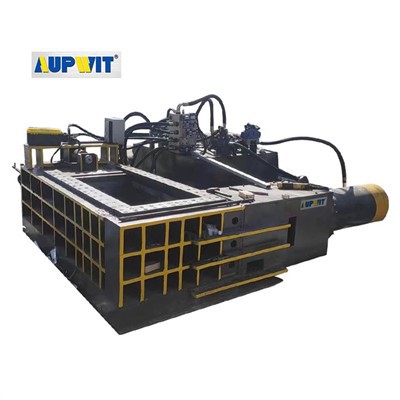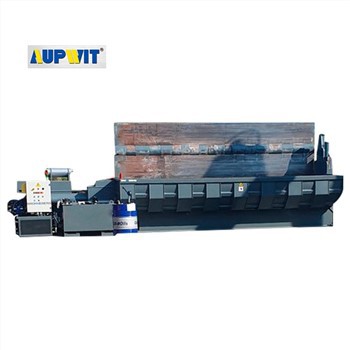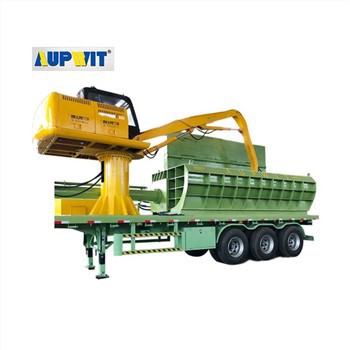High Volume Horizontal Baler Installation Guide
Professional Procedures for Safe and Efficient Setup
Site Preparation
Proper site preparation ensures stable operation and maintenance accessibility:
Key Requirements
- Clear installation area of all debris and obstructions
- Level the floor with minimum 4-inch thick concrete for stability
- Ensure 20-30 feet length for baler, conveyor, and ejection zone
- Install manufacturer-specified anchor points to prevent machine shifting
Unloading & Positioning
Proper handling prevents equipment damage and ensures operational alignment:
Procedure
- Use rated forklift/crane (5,000-15,000 lbs capacity) for transport
- Align machine with anchor points maintaining center position
- Check horizontal level with spirit level (tolerance ±2°)
- Apply stainless steel shims if needed for precise leveling
Utility Connections
Correct utility hookups are critical for operational safety and performance:
Hydraulic Systems
- Inspect hose fittings for damage before connection
- Tighten all connections to manufacturer torque specifications
- Verify hydraulic fluid grade matches requirements
Electrical Systems
- Connect to dedicated circuit (typically 220V/440V 3-phase)
- Install safety disconnect switch within visible range
- Verify ground connection resistance <1 ohm
Feed Conveyor Integration
Proper conveyor alignment ensures smooth material flow into baler chamber:
Installation Steps
- Align conveyor centerline with baler inlet within ±5mm tolerance
- Check belt tension (typically 1-2% elongation)
- Verify motor rotation direction matches material flow
- Secure all mounting bolts with thread-locking compound
Safety Verification
Comprehensive safety checks prevent accidents and ensure compliance:
Critical Tests
- Emergency stop button functionality test
- Interlock switch engagement verification
- Safety guard position sensors check
- Moving part clearance inspection (minimum 50mm)
Lubrication Points
- Ram guide rails (high-temperature grease)
- Pivot bearings (lithium-based grease)
- Hydraulic cylinder rods (anti-wear oil)
Commissioning & Training
Final verification ensures operational readiness and operator competence:
Test Procedures
- Run 3-5 test cycles with scrap material
- Verify bale density uniformity (±5% tolerance)
- Adjust cycle timing for optimal throughput
- Monitor hydraulic pressure during compression phase


